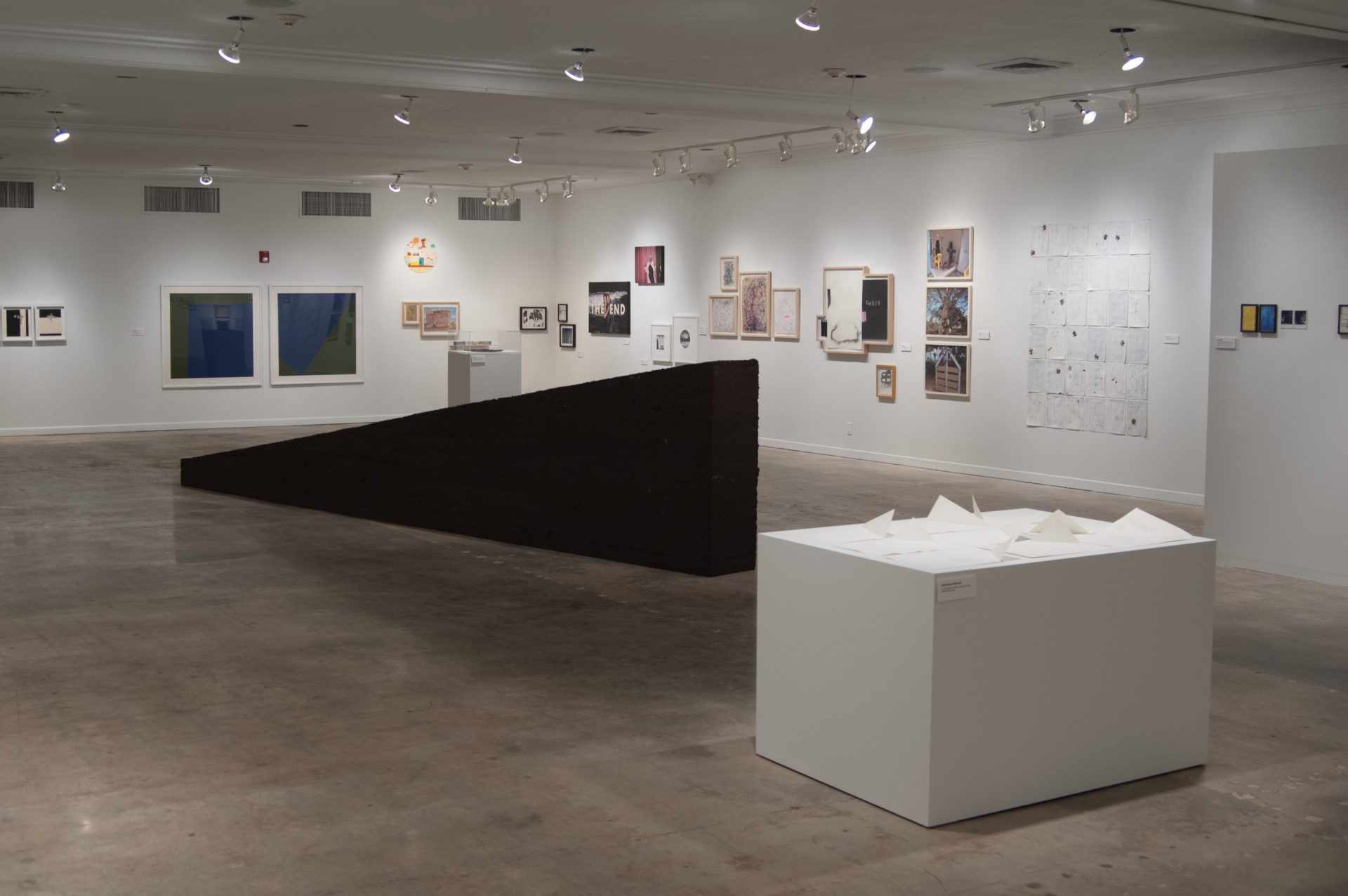Artikler 06.05.11

Lina Viste Grønli, Square The Circle, 2009. A Cubism Reader, coconut. (Courtesy the artist and Gaudel de Stampa, Paris)
A decade ago, art criticism was perceived to be in a state of crisis. How has it changed since then? What are the new potentials of art writing, how can we use it?
When the journal October held its influential roundtable on The Present Condition of Art Criticism (published in 2002), art criticism was widely perceived to be in a state of crisis. Following the literary critic Paul de Man, the art historian George Baker tried to see this in a positive light when he opened the roundtable by saying that «the two, criticism and crisis, have always traveled hand in hand, and often in productive ways». But Baker could not prevent that the discussion drifted away from a «productive crisis» and instead revolved around the faltering role of the art critic.
During the roundtable, three notable October editors raised their voices. Rosalind Krauss stated that «the sense that there is a kind of discursive space within which the artist has to be placed in order for the work to take on a certain kind of importance has pretty much vanished». Benjamin Buchloh backed her up: «The judgment of the critic is voided by the curator’s organizational access to the apparatus of the culture industry». Hal Foster seemed even less optimistic when he talked about the journal that hosted the event: «I agree that we need to reclaim its critical function; I just don’t know if we can.»
The October roundtable was followed up by another US scholar, James Elkins, who in 2003 published the pamphlet What Happened to Art Criticism? in which he confirms the sullen state of affairs, stating that «art criticism is massively produced and massively ignored». Further evidence of the «crisis» can be found in anthologies such as After Criticism – New Responses to Art and Performance (2005), The State of Art Criticism (2008) and Judgment and Contemporary Art Criticism (2010) to mention just a few of the many books, texts, talks and seminars that have revolved around this topic over the last decade.
However, as these more or less academic debates unfolded, art criticism itself was changing. In various formats and genres, from online art reporting via performative writing to critique of capitalism, art criticism gained a new direction and strength or at least a new, productive instability that was not apparent at the beginning of the decade. Art writing no longer seemed indebted to the US postwar lineage of criticism – from Clement Greenberg via Michael Fried to October – the way it was, especially in the historizations presented by the October roundtable and James Elkins.
Some of the debate surrounding art criticism absorbed these tendencies. Although some advocated a conservative «return to judgement» and others plainly gave up (like the philosopher Boris Groys, who claimed that art writing was just «textual bikinis», they were there «to avoid the embarrasment of discursive nudity») others saw the possibility of a new critic that could partner with artists, educators and theorists in exploring art’s potential for modelling a better future.
One of the most productive of these approaches was perhaps the theorist Irit Rogoff’s widely circulated idea of a shift from «criticism via critique to criticality». According to Rogoff, we have moved from criticism – «the application of values and judgements, operating from a barely acknowledged humanist index of measure sustained in turn by naturalised beliefs and disavowed interests» to critique – «examining the underlying assumptions that might allow something to appear as a convincing logic» to criticality – «an emphasis on the present, of living out a situation, of understanding culture as a series of effects rather than of causes, of the possibilities of actualising some of its potential rather than revealing its faults».
Here, Rogoff leaves traditional criticism little honor. However, if we widen our understanding of art criticism to cover more than just exhibition reviews (dubbed «the oil painting of art writing» by the curator and writer Tirdad Zolghadr) it is perhaps possible to see that the best of art criticism performs both the critique and the criticality that Rogoff refers to. Especially the hybrid mix of criticism, theory and activism that is currently beeing played out and tested both in ink, online and in live formats around the world seem difficult to pin down and is repeatedly pointing to artistic and political potentialities.
Even the concept of a local or regional art discourse – dismissed at the turn of the century as pure provincialism and mere marketing – seems to enjoy its revival in the now open territory of art criticism. Publications such as Filip (Toronto, launched 2006), Mousse (Milano, launched 2006) and Frieze d/e (Berlin, launched 2011) all point to a new dialogue between localism/regionalism and globalism.
Against this background, and on the occasion of the launch of the online art journal Kunstkritikk’s Nordic and International editions, the seminar «The Outside Chance of Art Criticism» will explore some of the possibilities for art criticism in the new decade. We will not deny the methodological difficulties and institutional challenges that continue to confront art criticism, but rather ask what potential art criticism has to inhabit the paradoxes of contemporary cultural production. Perhaps there is also a latent hope in reevaluating the seemingly outdated task of «reviewing and judging art», not on the basis of «naturalised beliefs», but as a part of a constant process of challenging the way we experience the world and imagine the future.
(VIA: Kunstkritikk)
